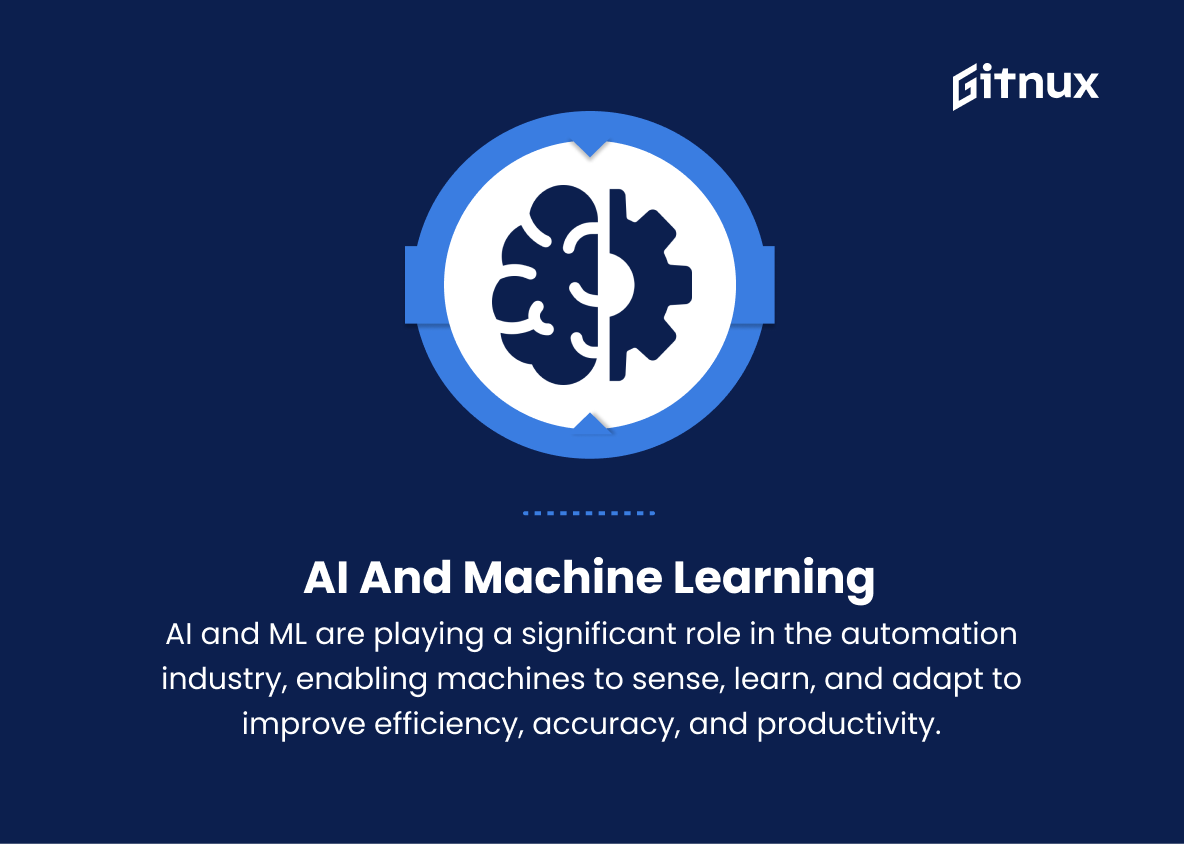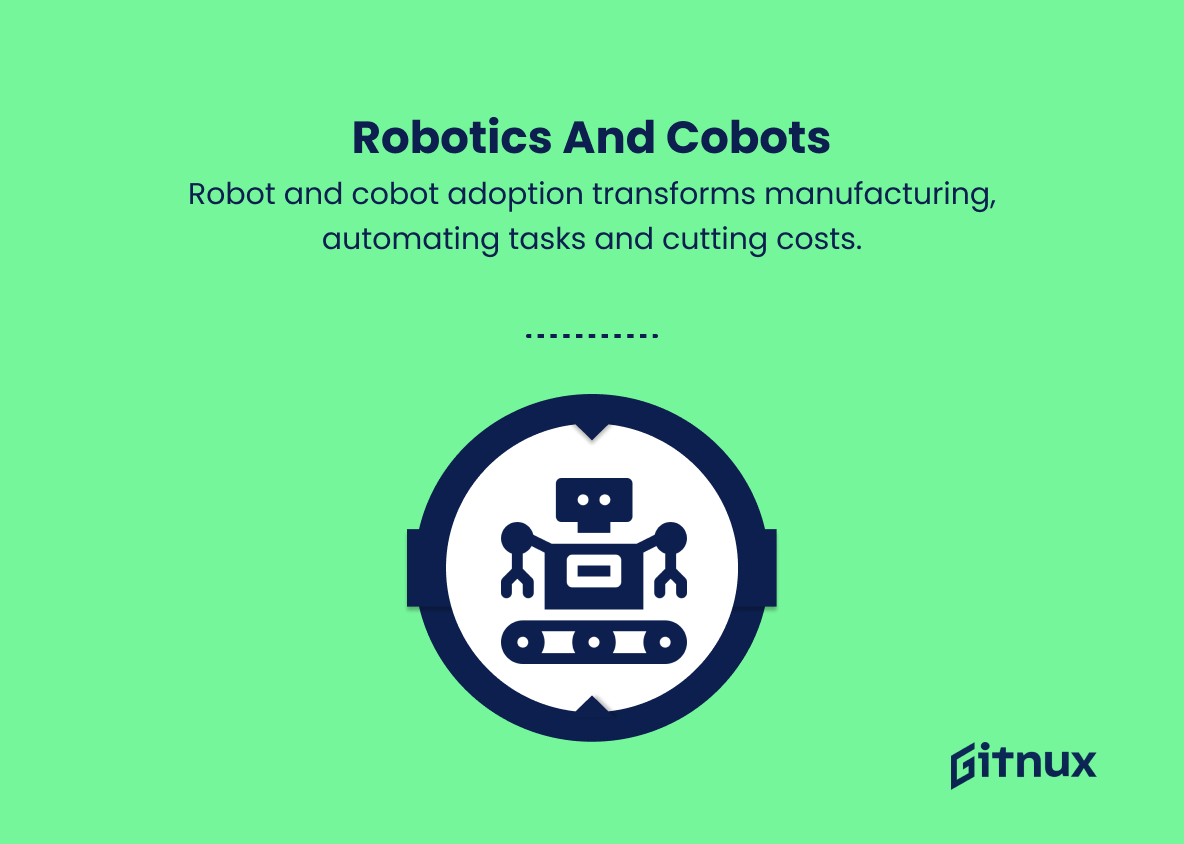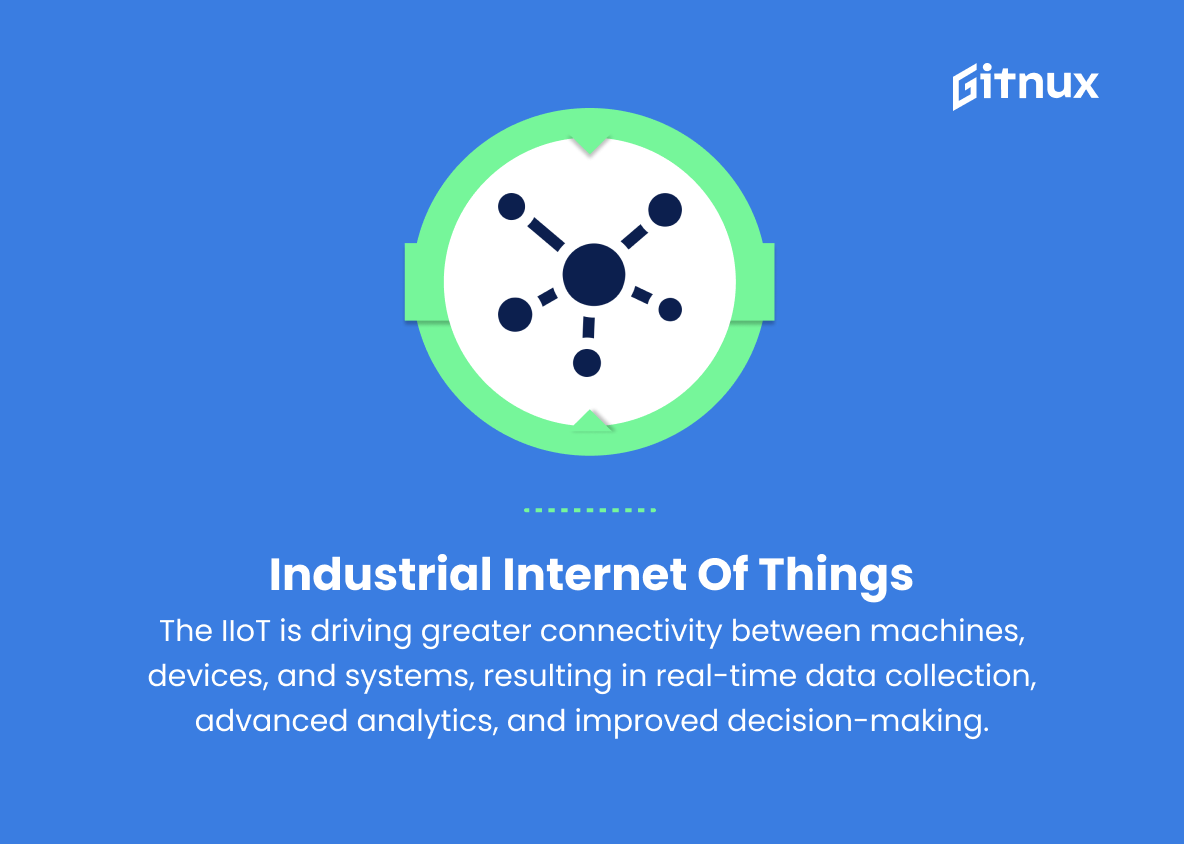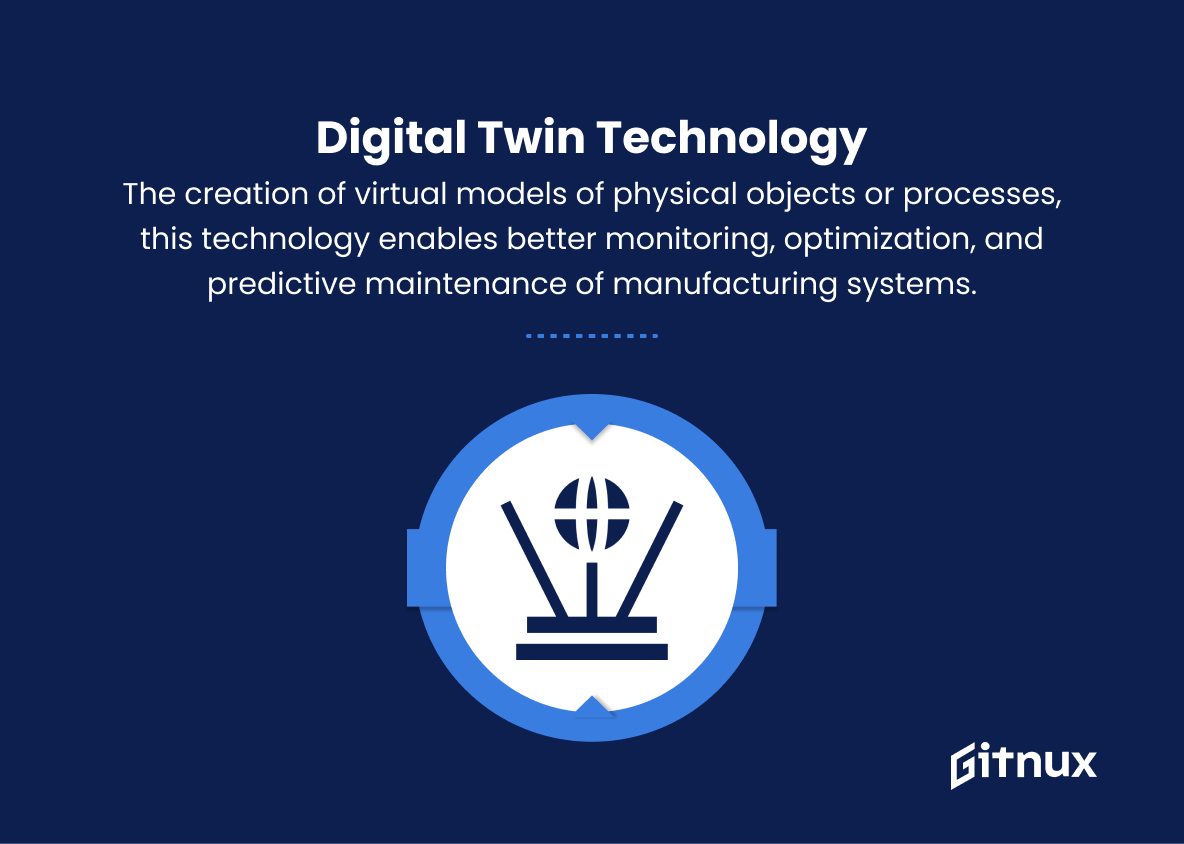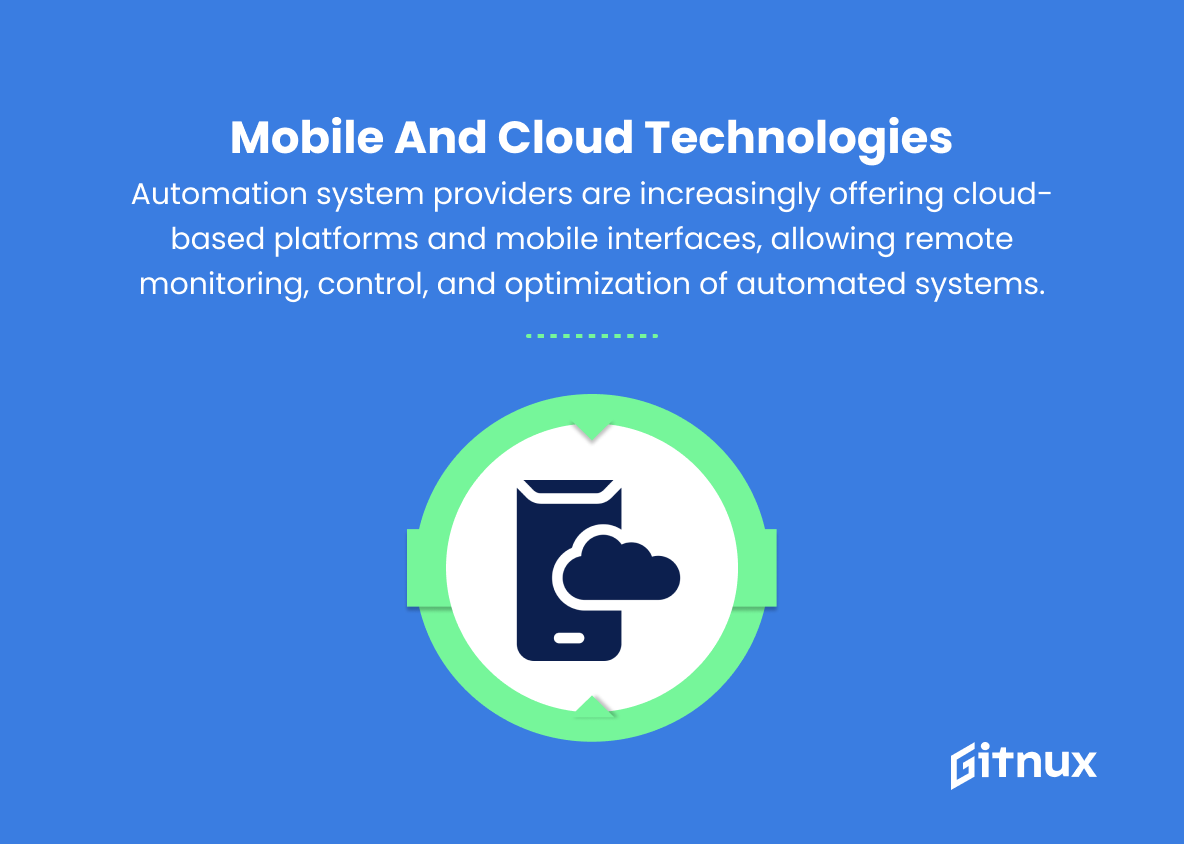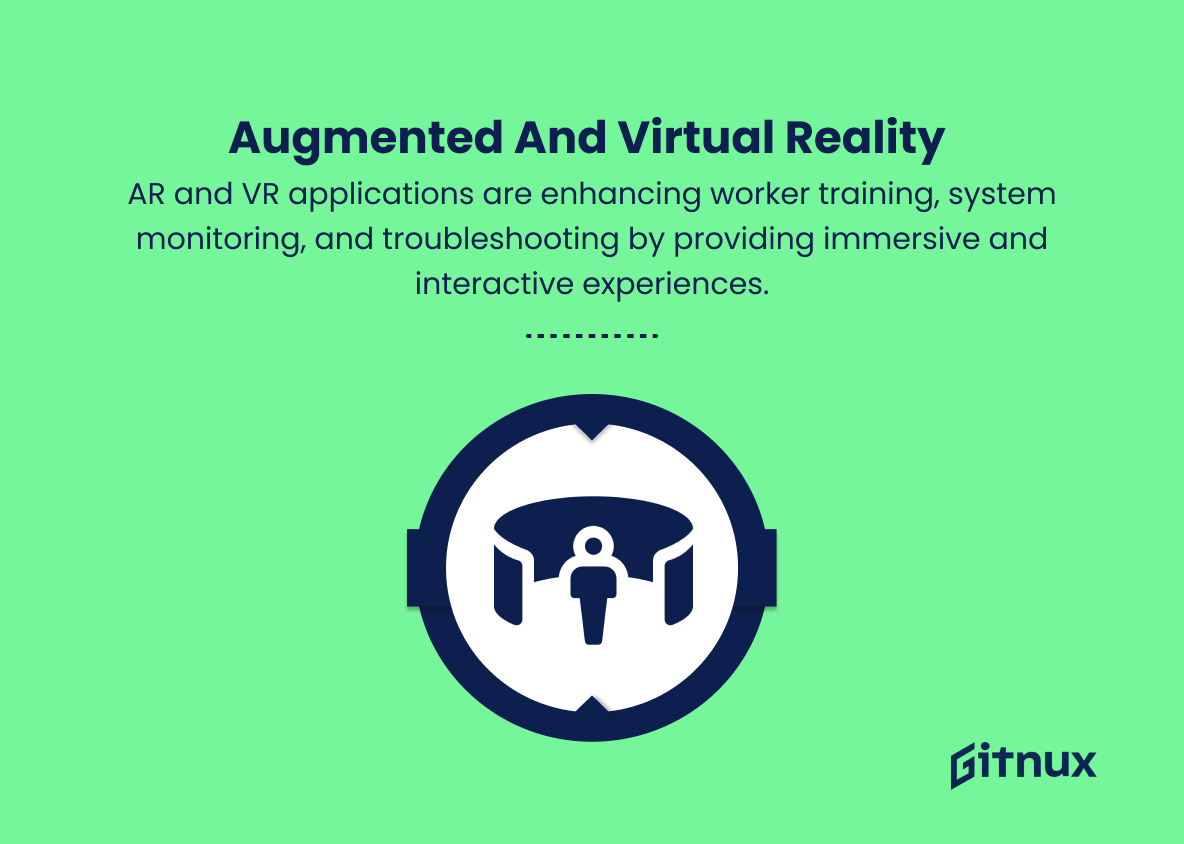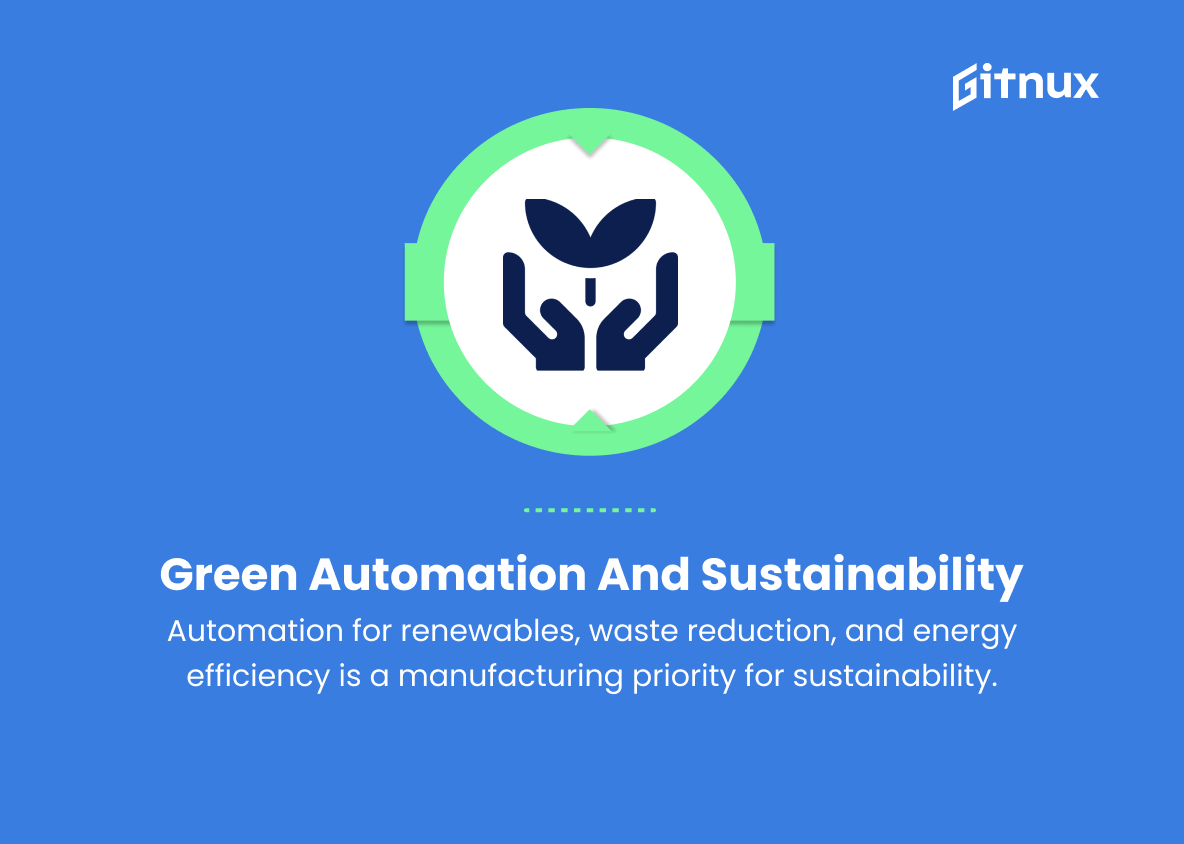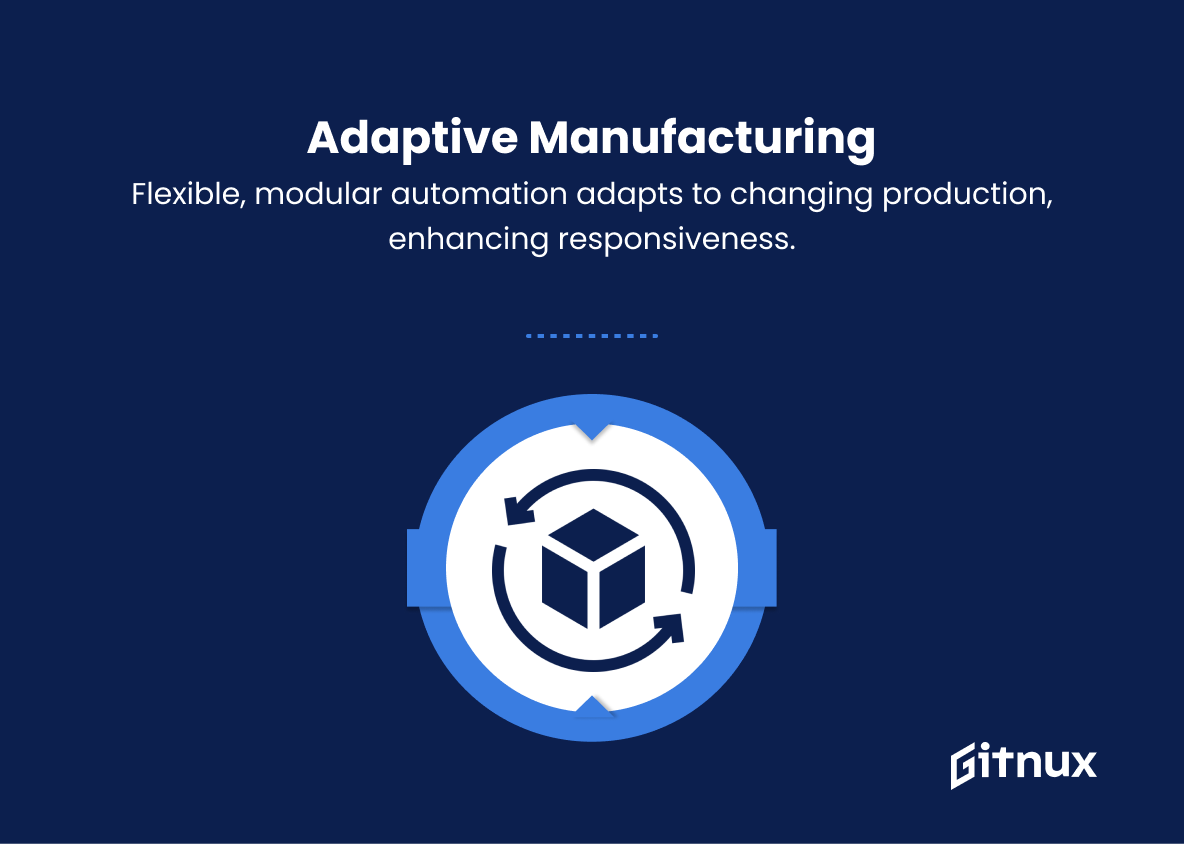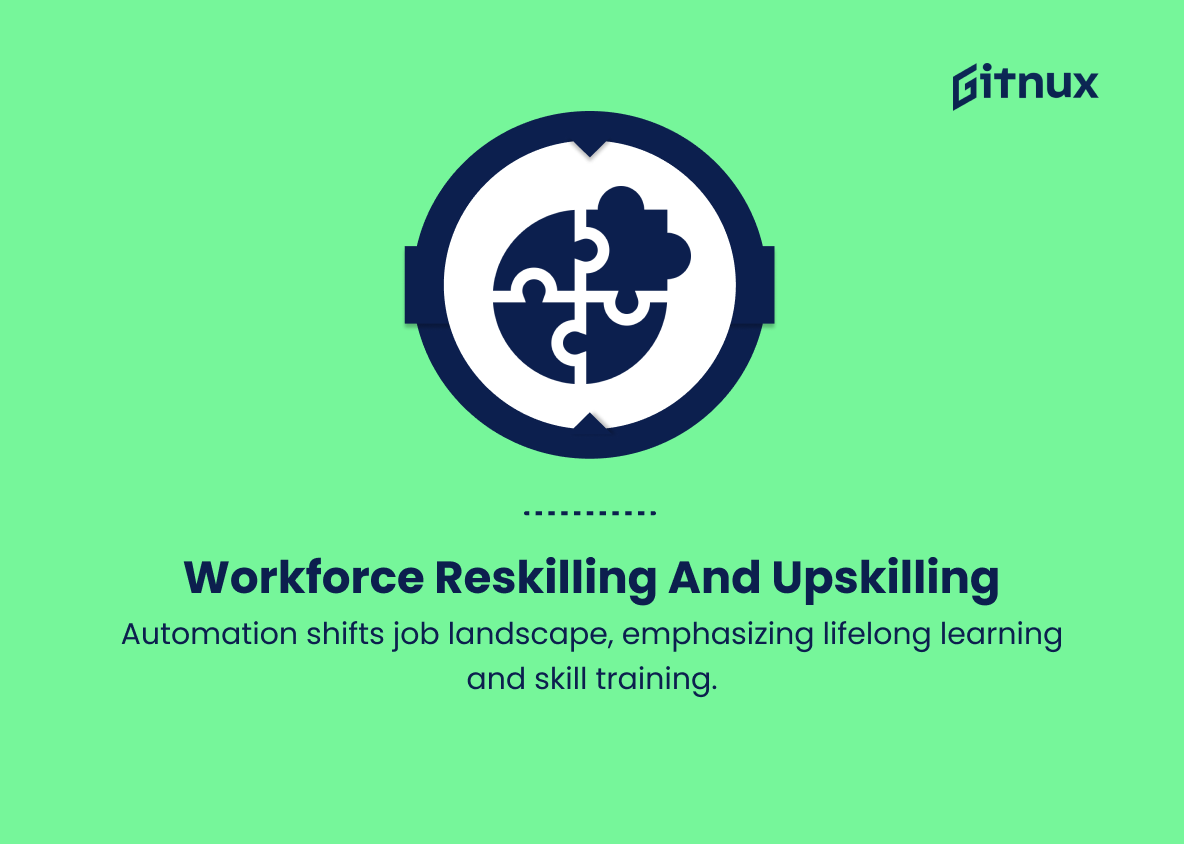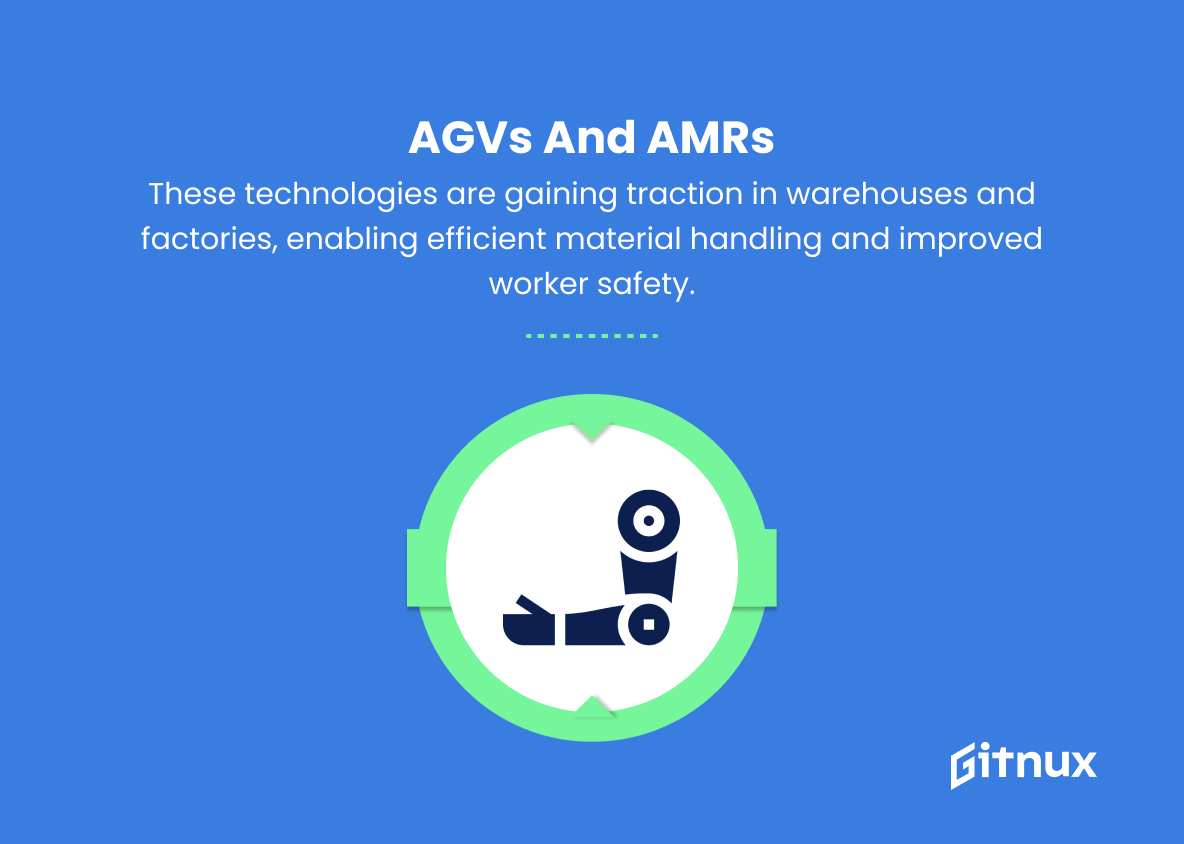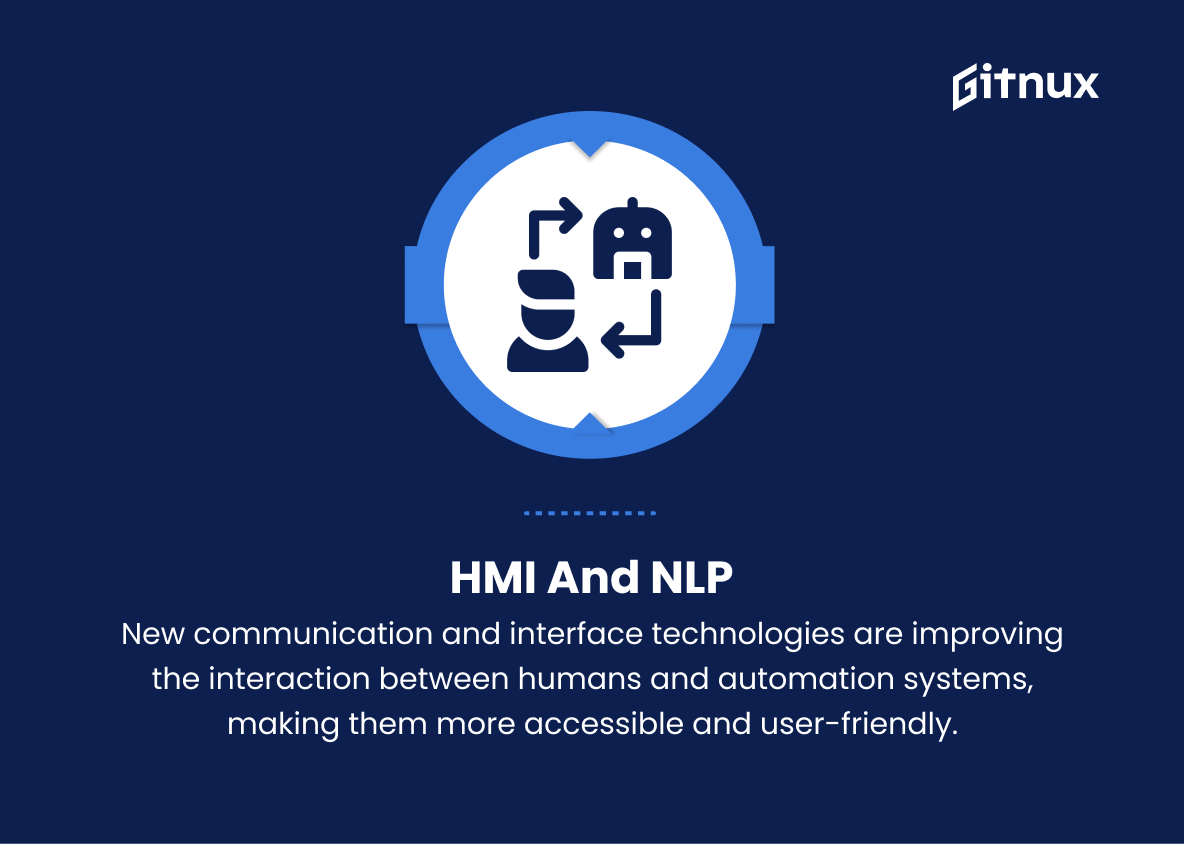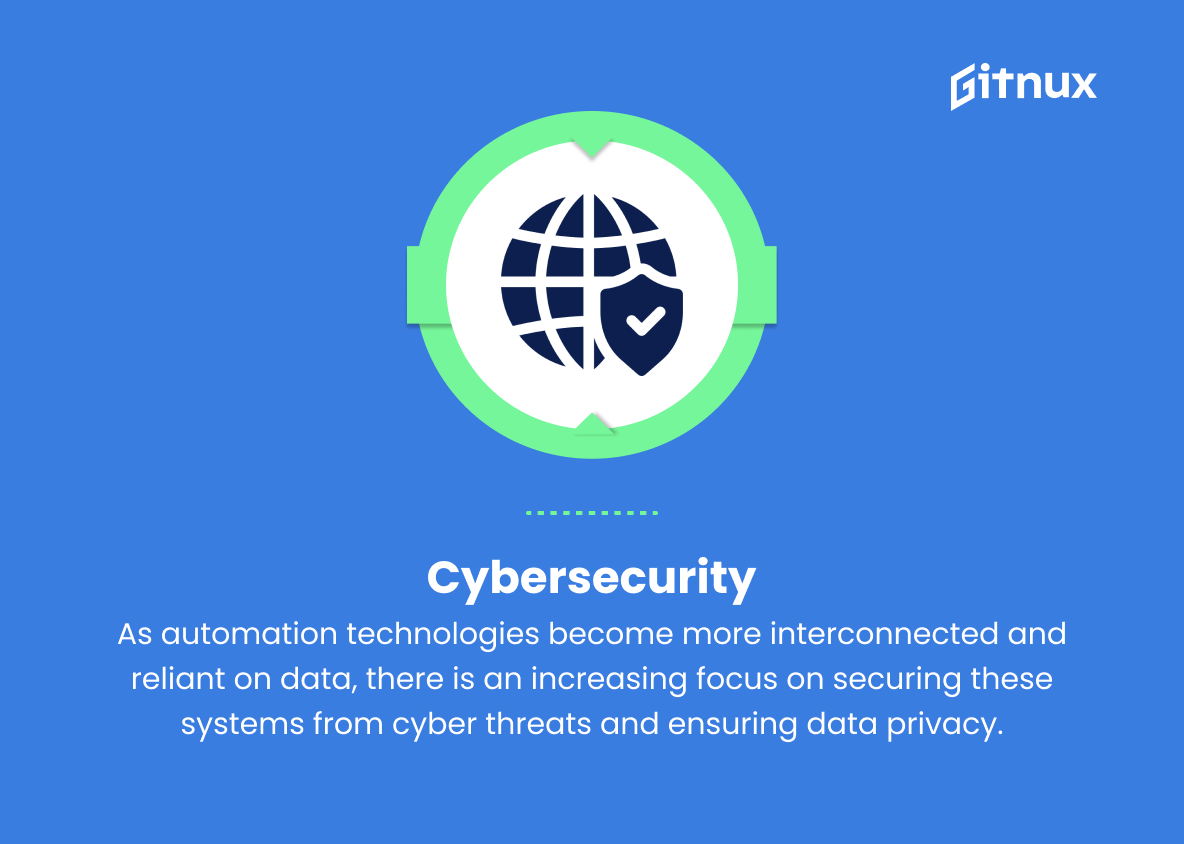As we continue to navigate the fast-paced and ever-evolving world of technology, the automation industry remains at the forefront of innovation and transformation. This powerful sector has redefined the way we live, work, and conduct business, creating new opportunities for growth and disrupting traditional processes.
In this blog post, we will delve deep into the current and emerging trends shaping the automation industry, examining their potential impact on businesses, workforces, and society at large. So, buckle up and join us as we explore the dynamic landscape of automation, uncovering insights, challenges, and future possibilities that lie ahead.
Top Automation Industry Trends
1. Artificial Intelligence and Machine Learning
AI and ML are playing a significant role in the automation industry, enabling machines to sense, learn, and adapt to improve efficiency, accuracy, and productivity.
2. Robotics and Cobots
The increasing adoption of robots and collaborative robots (cobots) is transforming manufacturing floors and helping companies automate repetitive tasks, boost productivity, and decrease production costs.
3. Industrial Internet of Things (IIoT)
The IIoT is driving greater connectivity between machines, devices, and systems, resulting in real-time data collection, advanced analytics, and improved decision-making.
4. Digital Twin technology
The creation of virtual models of physical objects or processes, this technology enables better monitoring, optimization, and predictive maintenance of manufacturing systems.
5. Advanced analytics and Big Data
As automation technologies continue to generate vast amounts of data, advanced analytics, and Big Data tools are becoming essential in turning this information into actionable insights for continuous improvement.
6. Mobile and Cloud technologies
Automation system providers are increasingly offering cloud-based platforms and mobile interfaces, allowing remote monitoring, control, and optimization of automated systems.
7. 3D Printing and Additive Manufacturing
These technologies are increasingly being integrated with automated systems, enabling faster and more cost-effective production of complex and customized products.
8. Augmented and Virtual Reality (AR/VR)
AR and VR applications are enhancing worker training, system monitoring, and troubleshooting by providing immersive and interactive experiences.
9. Green automation and sustainability
Automation technologies focused on renewable energy, waste reduction, and improved energy efficiency are becoming a priority for manufacturers seeking to minimize their environmental impact.
10. Adaptive manufacturing
The development of flexible and modular automation solutions that can quickly adjust to changing production needs and market fluctuations, offers increased responsiveness and resilience.
11. Workforce reskilling and upskilling
As automation technologies transform the job landscape, there’s a growing emphasis on lifelong learning, along with training and education programs, to equip workers with the skills to excel in the automated world.
12. Automated guided vehicles (AGV’s) and Autonomous mobile robots (AMR’s)
These technologies are gaining traction in warehouses and factories, enabling efficient material handling and improved worker safety.
13. Human-Machine Interface and Natural Language Processing
New communication and interface technologies are improving the interaction between humans and automation systems, making them more accessible and user-friendly.
14. Edge computing
Shifting data processing and analyses close to the source of the data (i.e., the devices themselves) in the automation system reduces latency and decreases reliance on centralized computing resources, improving overall operational efficiency.
15. Cybersecurity
As automation technologies become more interconnected and reliant on data, there is an increasing focus on securing these systems from cyber threats and ensuring data privacy.
Implications
The automation industry is experiencing unprecedented growth and innovation, driven by key trends such as AI and ML, which are revolutionizing efficiency and productivity by enabling machines to sense, learn, and adapt. Robotics and cobots are transforming manufacturing by automating repetitive tasks, reducing costs, and increasing output, while the IIoT is fostering interconnectivity and data-driven decision-making on the factory floor.
This integration of data is accelerating thanks to Digital Twin technology, Big Data analytics, and cloud-based platforms that enable remote system monitoring and control. Simultaneously, 3D printing and Additive Manufacturing are promoting rapid and cost-effective production of customized goods. AR and VR are improving worker training and system monitoring, and green automation is prioritizing sustainability and energy efficiency.
Adaptive manufacturing allows for greater flexibility and resilience in production, and workforce reskilling is necessary to empower employees in the age of automation. As AGV’s and AMR’s gain traction, material handling, and worker safety are enhanced, while Human-Machine Interface and Natural Language Processing technologies improve overall system usability.
Edge computing increases operational efficiency by processing data close to the source, and a heightened focus on cybersecurity is essential to safeguard interconnected automation systems and ensure data privacy. Together, these trends are shaping the future of automation, leading to a more sustainable, efficient, and adaptable industry.
Conclusion
In conclusion, the automation industry trends demonstrate a strong and dynamic future for businesses and industries across the globe. The adoption of artificial intelligence (AI), robotics, and smart technologies is not only transforming the way we work, but also redefining the boundaries of human potential. As these innovative solutions continue to develop, there is an undeniable shift toward a more interconnected, efficient, and sustainable world.
Businesses that embrace and adapt to these changes are likely to thrive in this rapidly evolving landscape, while those resistant to change may find themselves struggling to keep up. The key to success in the era of automation lies in striking a balance between leveraging emerging technologies and nurturing human ingenuity, fostering an environment of growth and collaboration that empowers both machine and human intelligence to work in harmony.
Ultimately, the future of the automation industry promises unparalleled opportunities for enhanced productivity and economic growth, changing the face of the global workforce and reimagining the limits of what we can achieve together.
